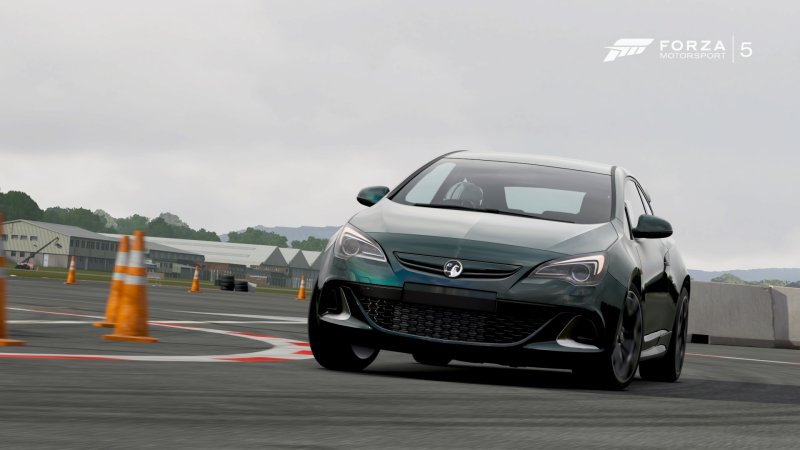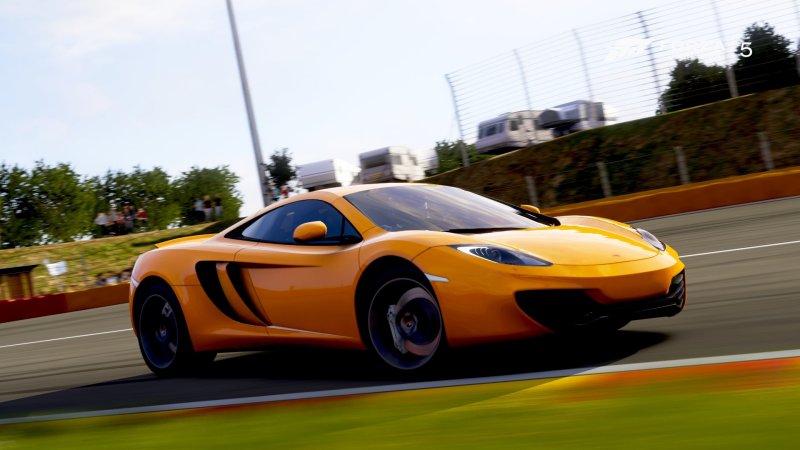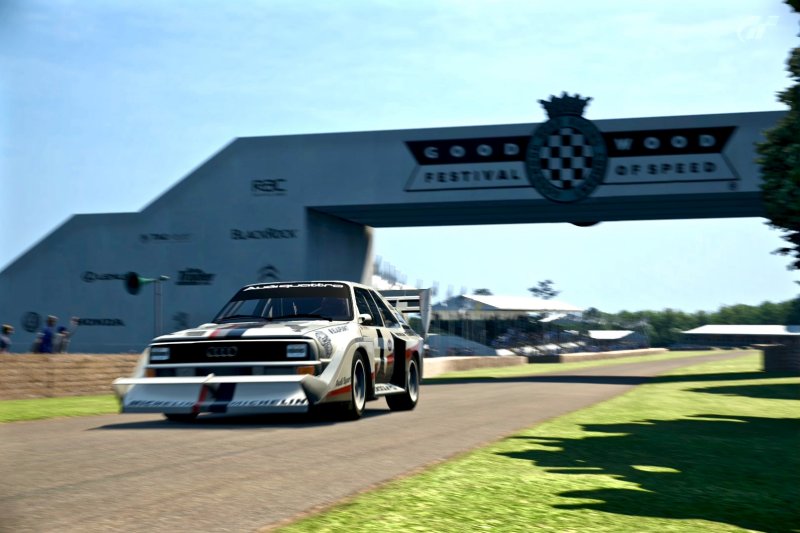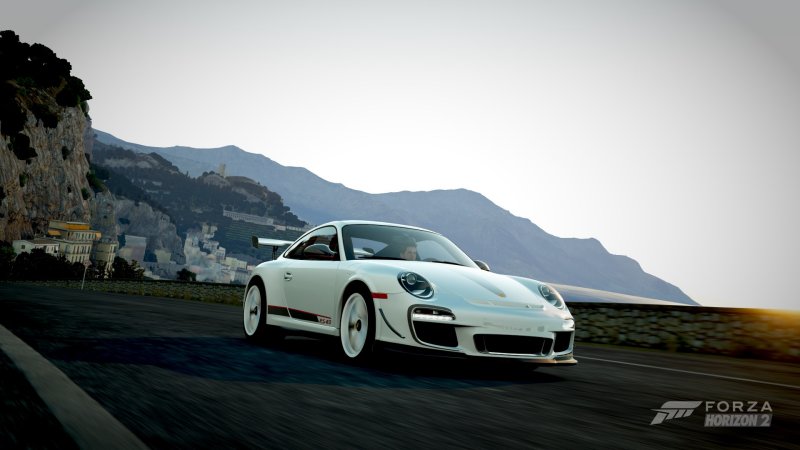How it all works: Chassis 101
Cars may be pretty on the outside, but it's what's underneath that matters when looking for lap time. Want to know what the difference is between a McLaren P1 and a Vauxhall Astra VXR? Take a look at the guide below as to how cars work.
Front-Wheel Drive - FWD

A front-engine, front-wheel-drive car is ideal for starting out. It's where the power is delivered through the front wheels, the very wheels used for steering, with the engine placed over the front axle. It's design stems from manufacturers wanting to make cars more compact and cheaper to make. Front-wheel drive cars can cause a headache for those looking for lap time, as steering input and power through the same set of wheels can be… problematic.
The issue with front-wheel drive cars is that they don't flatter aggressive driving styles. You can't simply clip an apex and power out of the corner, you have to be much more gentle. Gradually applying the power and sensing the front wheels bite into the tarmac is key to driving a front-wheel drive car. Once you've mastered a smooth drive you can begin to play around a little. If you ever find yourself out of control, floor the throttle and correct with a little wheel input. You're welcome.
Honda's Integra Type R is renowned as one of the greatest front-driven cars ever made. Honda took a relatively dull family coupe and turned it into a track monster. More modern cars, such as Ford's Focus RS and Vauxhall's Astra VXR, have cleverly engineered differentials that blur the lines between front-wheel drive hatchbacks and rear-wheel driven sports cars. While they may not be the fastest cars to choose from, they certainly are a great place to start when learning the basics of car control.
Rear-Wheel Drive - RWD

Arguably, the best layout a car can have. Here, the power is delivered to the rear wheels of the car, leaving the front wheels purely for steering purposes only. Rear-wheel drive cars have been around since the very early days of motoring as it's a logical chassis design. Having the front wheels dedicated to steering allows the car to make quick direction changes, or even the ability to drift around a corner.
It all sounds perfect, but in reality only the more experienced driver can extract the full potential of a rear-wheel drive car. What makes these cars difficult to drive is how they put the power down on the road. Too much throttle and the car will over steer or pirouette on the corner exit. Modulating the throttle and building up the revs gradually will lead to the perfect lap time. Experts at feathering the throttle are drifters, who maintain a constant state of oversteer without crashing.
Most of today's racecars are built around a rear-wheel drive chassis. Formula One cars rely heavily on aerodynamics and therefore have an immense balance of traction and stability. Ultimate hyper cars, such as McLaren's P1 and LaFerrari, deliver their power to the rear wheels. It's not just expensive supercars, either, as Toyota's GT86 brings affordable drifting to the masses.
Rear-driven cars are the purest form of motoring, so be sure to get some practice in before focusing on lap time.
Four-Wheel Drive - 4WD

Now, this is a bit of a complicated one. Four-wheel drive cars are designed to deliver power to all four wheels of the car. It's pretty self-explanatory. Where it gets complicated is how the power is delivered to each individual wheel. Sports cars usually have most of the engine's power delivered to the rear in a bid to improve handling. On the other end of the scale are off roaders, which often have the power evenly distributed between the front and rear.
Four-wheel drive cars can be incredibly stable, as power to all wheels rarely results in a loss of traction. However, driving them fast can be challenging. Much like front-driven cars, they can often understeer around corners due to the sheer weight of four-wheel drive systems. To compensate for the weight, make sure to brake nice and early for a corner and then once you're pointing in the right direction, begin to apply the throttle. These cars may have a low cornering speed, but their immense traction allows for a speedy exit.
Some of the world's fastest cars utilise a four-wheel drive system. The Bugatti Veyron, the fastest production car known to man, is built around a four-wheel drive chassis. Audi brought the system into motorsport during the 1980s with the Quattro, a four-wheel drive rallying monster that was blisteringly quick on any surface. Audi even use a four-wheel drive system in its Le Mans prototypes, where the rear wheels are driven by a diesel engine and the front utilises an electric motor.
Engine Layout

The positioning of a cars engine can also determine the characteristics of its handling. Conventionally, cars have their engines at the front, which can work both for and against them. Having the engine at the front puts a lot of the car's weight over the front axle and that can generate understeer. However, after much practice, you can brake while entering a corner and use the weight of the engine to push the front tyres into the tarmac for grip. This is known as trail braking.
Most of today's sports cars have their engines in the middle, between the front and rear axle, just behind the cabin. The idea of a mid-engine chassis is to have the weight in the middle, giving the car a near-perfect weight distribution, which greatly improves car handling. Mid-engine cars reward precision driving and punish those with a heavy right foot, as having most of the weight in the middle can send a car spinning if you're clumsy with the accelerator.
Rear-engine cars are rare as having so much weight over the backend can easily unsettle the car. The Porsche 911 is the most famous example of a rear-engine car, with early examples considered dangerous to drive due to their unpredictable nature. Porsche's engineers have worked hard to improve the 911's stability and now many considering today's examples to be among the greatest handling cars of all time.